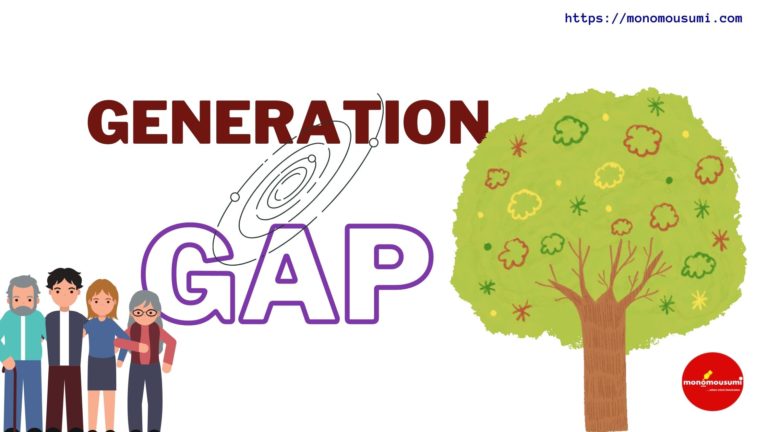
Education is a right of every child. A country’s government should give education to every child up to fourteen years. The traditional method of education is in which the teacher and student do face-to-face meetings. The teacher explains the student by using chalk, marker, and board. It includes practical methods for subjects like chemistry, biology, and physics. But due to Covid-19 traditional methods cannot be used. This pandemic has changed the traditional life of education to digital education by using software and hardware.
But again, due to the unavailability of digital gadgets and devices in many villages, students could not study well. So, in this essay, we are going to talk about the good and limited effects of the traditional method and how digital technology for education is useful to us in many ways. How can we help the children living in a village or those who cannot afford digital gadgets?
In traditional methods, students become more creative and imaginative by using their brains for drawing or designing different things. Students did different group assignments together in which they learned unity and team spirits and also maintained leadership quality. Students spoke in front of all the students which helped in maintaining their confidence. Children did many practices such as planting trees, cleaning surroundings, saving water, coming to school by cycle or walking to reduce pollution, using minimum plastics, etc. by which students get used to them in their daily life to save and clean the environment. There were daily school assemblies where children learned about new things and new people every day which helped them in enriching their General Knowledge. Not only this, the traditional method involves many things such as maintaining our routine, Regularity, Punctuality, Discipline, Leadership, New ways of solving things, Making social relationships, Current affairs, Employment and all the things students should learn. These all were the good effects of the traditional method. The limitation of the traditional method is we depend on books only, it does not teach children about how people earn their livelihood and about handicrafts. It has limited courses fixed in every class.
While digital education is not limited it has always unlimited ways of learning. Digital technology is also very useful to us. We have learned a lot from computers. Children learn many new things such as ‘coding’ and many extracurricular ‘activities’ such as making different types of apps, making different features, and creating new inventions which may be helpful in their future professional life. Students come to know about many search engines and browsers and also about their features which may help them and their families to do accurate checking and calculations. There are also 3D drawings and expressions and formulas of maths and other subjects saved on different sites which help students in fast understanding and fast calculations in all subjects. Beyond all these good uses of digital education, there are equal harmful effects of it also. Virtual or digital education affects the hearing and eyesight of children. It did not improve the writing skills of the children. Children cheated themselves by copying from the internet and searching browsers during exams. Children got mentally and physically habitual to the commuter reading in which they lost their reading habits. While teaching the video or voice of the teacher got paused or break which did not give them regular teaching. There are easy ways to solve these problems. We should not sit the whole time on the screen instead we can take a printout of our notes which may not affect our eyes and we should also not use earphones and headphones to avoid hearing problems. Parents or elders may sit near children at the time of examination to ensure that they are not copying. Students should write every day for almost two pages to improve their writing skills. Students should read almost ten pages every day to maintain their reading habits. We may get a good network connection to avoid breaking and pausing of videos and voices of teachers. These are the ways we can avoid problems in digital education.
During this pandemic and in the world of digital education the village and poor children are facing many problems. they don’t have money to afford digital access to continue their studies. There are many ways to help these children in their education and help them move forward in their life. We can arrange some donations or charities for them through which they can arrange some study material for themselves. We can also give them old devices for their classes. We can set a radio system for them by which they may hear and learn their lessons. We may develop a technology in which satellites may project the meeting on a projector screen directly from space so that these poor children may see and learn.
Other than these ways there are more ways by which they may get help. We may set up study classes at Temples, Mosques, Churches, and Gurudwaras with the help of the priests. These priests may teach the children about past events of kings and queens, and organize the mythological studies in the form of moral stories according to their age group. Parents of all the students help them to become independent in their further life. Parents of these remote area students should teach them handicrafts which may enrich the student’s creativity, hand skills, and eye coordination. They can teach them about trade and business which may help in solving their mathematical problems and also help in their mental and economic development. They should teach them moral studies, Vocational studies, Mythological studies, and spiritual education. They may take the help of their surroundings, green plants, water, soil, and air, and teach their children about its different characteristics. It is not always necessary to teach from books the things mentioned above, if taught they can learn all things which may help them in their life.
To impart education we have to find every possible way of teaching through which they get their education regularly.
By Neha Gupta, Maharastra


